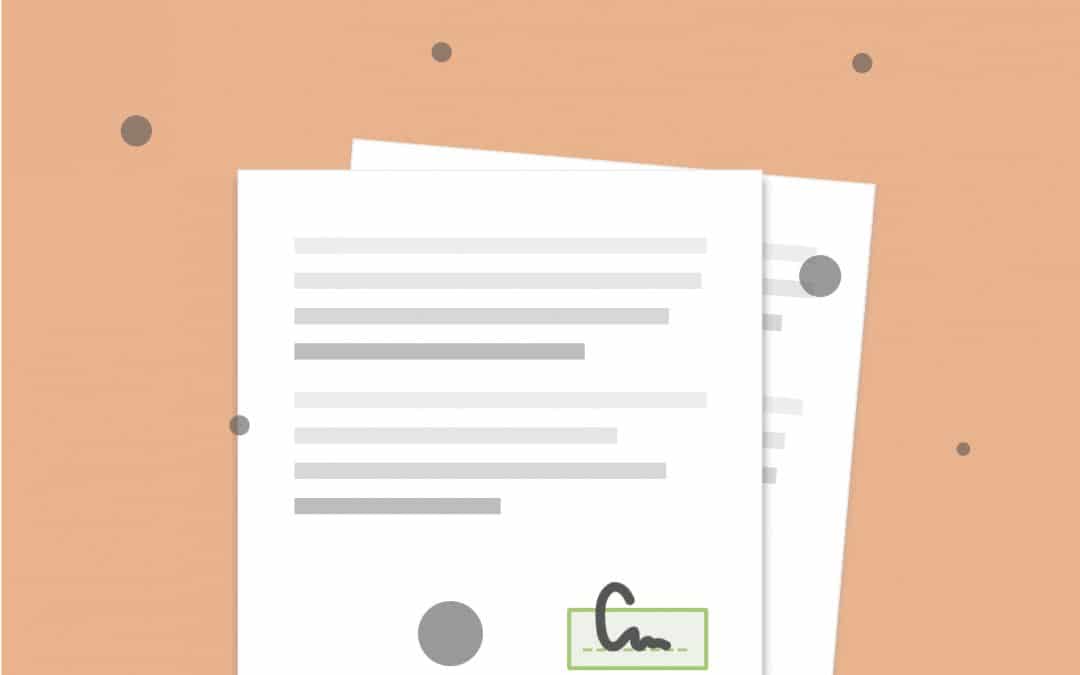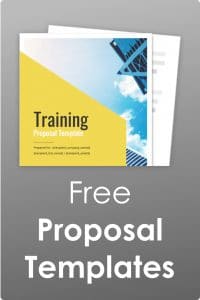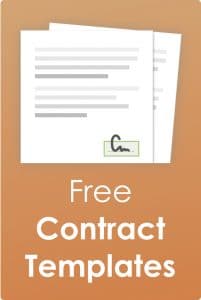It might make sense for you to create a new lease agreement form or a simple rental agreement letter each time you get a new tenant. If you only have a few units that you need to fill and the tenants in your units typically stay for an extended period of time, it’s likely easy for you to just create a new lease agreement once every few years for each new tenant.
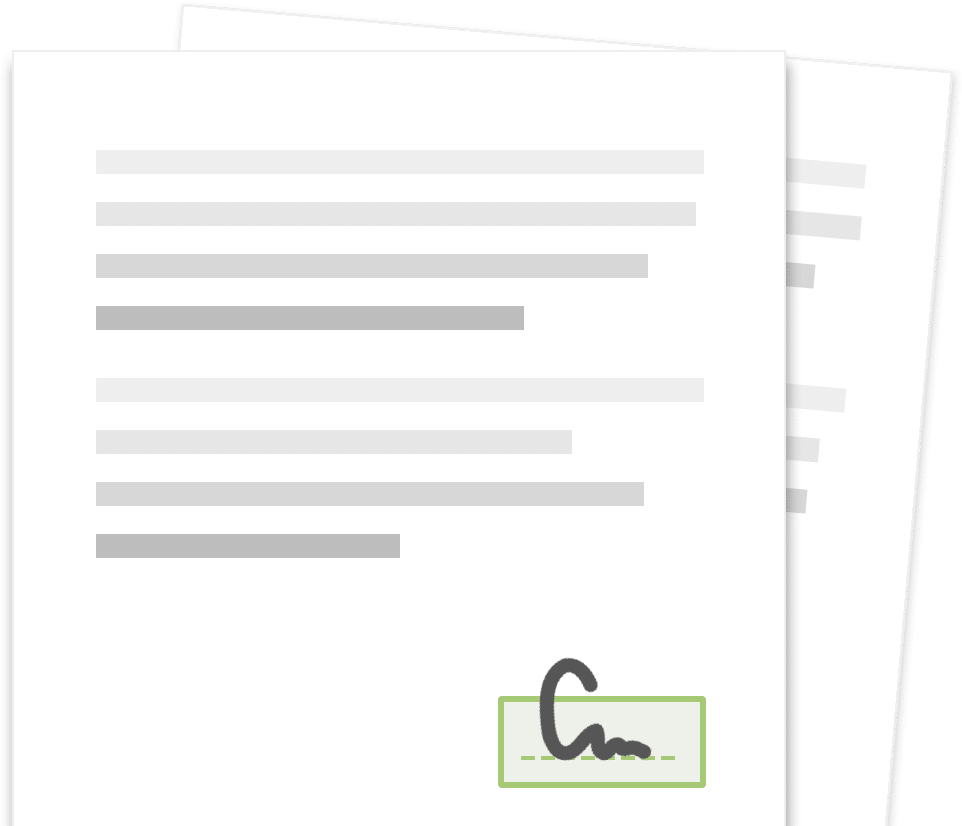
However, this is rarely the case. For many, particularly leasing agents at apartment complexes or those that manage a portfolio of multi-family properties, you are continuously creating new lease agreements. Having to create a new basic rental agreement over and over again is a waste of time and will keep you from doing other important aspects of your job. By creating a lease agreement template that you can have on hand and use at any time for any new tenant, you will save an incredible amount of time and energy.
By creating your own lease agreement template, you won’t have to go back to the drawing board and build a new house rent agreement every time there’s turnover at one of your properties. This will help you improve how quickly you can turn over a property and potentially get your next tenant in faster. Creating your own template also gives you the ability to make sure your document has all the needed legal language for your particular situation, rather than copying and pasting info from other agreements and hoping you included the correct info.
The best strategy you can follow in order to create your own lease agreement is to use licensed software that specializes in offering templates for a variety of agreement types, such as Proposable. As you begin to create your own lease agreement template learn about the four things to keep in mind below and check out Proposable’s other Contract Templates.
1. Protect Yourself with a Clear and Consistent Agreement

The last situation anyone wants to find themselves in is being involved in a lawsuit. By not having a leasing agreement template in place, this means you’re creating a new apartment or house lease agreement format from scratch for each new tenant and you leave yourself at risk of forgetting to include specific legal language that may protect you and your property from damages committed by the tenant.
Creating a new agreement for each new tenant means you likely have different versions of your agreements out there, potentially opening the door for someone to make legal claims against you if you have a legal error in some of your agreements. Do yourself a favor by forgetting about using free rental agreement forms or free residential lease agreements that may or may not include the exact language you need and begin using a general fill-in-the-blank lease agreement that allows you to customize the fields in the agreement and makes it easy to ensure you include the same necessary legal language across each new agreement.
2. Focus on Making Sure Your Template is Easy to Use.

As a society, we’re at a crossroads in preferred communication methods. It’s well-known that the younger generation prefers to communicate through digital platforms any time a digital option is available. Whereas many individuals in previous generations still prefer to use a printable rental agreement in order to see and feel a piece of paper in their hand, although many have learned how to at least use these digital platforms.
These are generational differences but it’s possible to accommodate both groups. Proposable is dedicated to empowering a digital, web-based proposal process that can be successfully used by anyone, regardless of age or skill level. If you search the web and find a standard lease agreement pdf, a basic rental agreement or residential lease word doc, you can use that document to give you inspiration to get you started on creating your template in Proposable. It’s always a smart idea to have a free printable basic rental agreement pdf as an option on the off chance that someone absolutely requires a physical agreement in their hands.
3. Understand The Terminology.
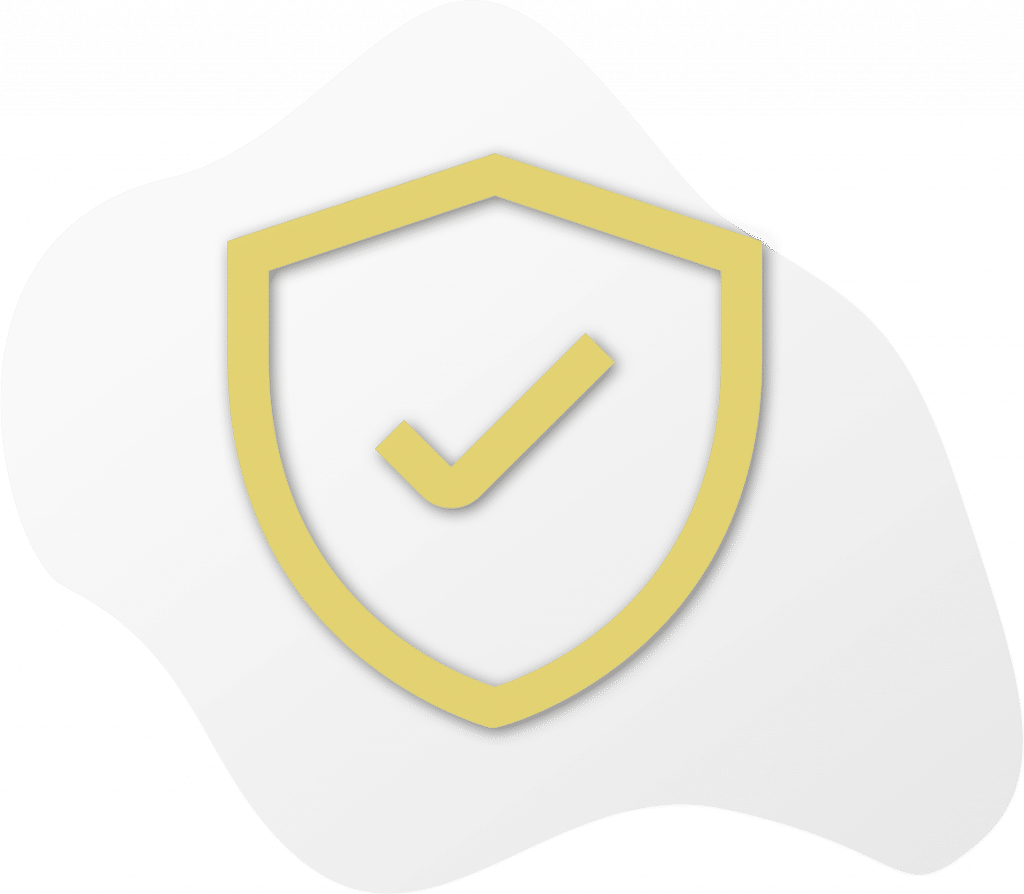
The basic concept and structure of any lease agreement is virtually the same across the board. However, it’s important to understand each item that must be included in a lease agreement as there are often specific legal distinctions and specific terms that need to be written into each agreement. For instance, the most popular lease agreement is typically for one year, but the length of lease agreements can vary from one month to more than a decade. It sounds easy to just throw in a date range that you and the tenant agree upon, but it’s often much more complex than writing in a specified length of time. The length of the lease agreement can drastically change the responsibilities placed on either party, whether it’s deciding who’s responsible for the maintenance of the property, damaging events that may occur to the property during the life of the agreement, or racking up monthly expenses to operate the property.
Based on this example topic alone, it’s easy to see there are a lot of items and a lot of terminology that needs to be covered in a lease agreement. While it’s a great idea to have lawyers do the heavy lifting here and know all of the correct terminology, it’s a good idea to try to understand it yourself because a lawyer will never understand your business as well as you do. Further, a simple one-page lease agreement is typically not suitable for a full-length lease agreement as there are too many details that need to be included.
4. Make Sure You Offer the Proper Forms.
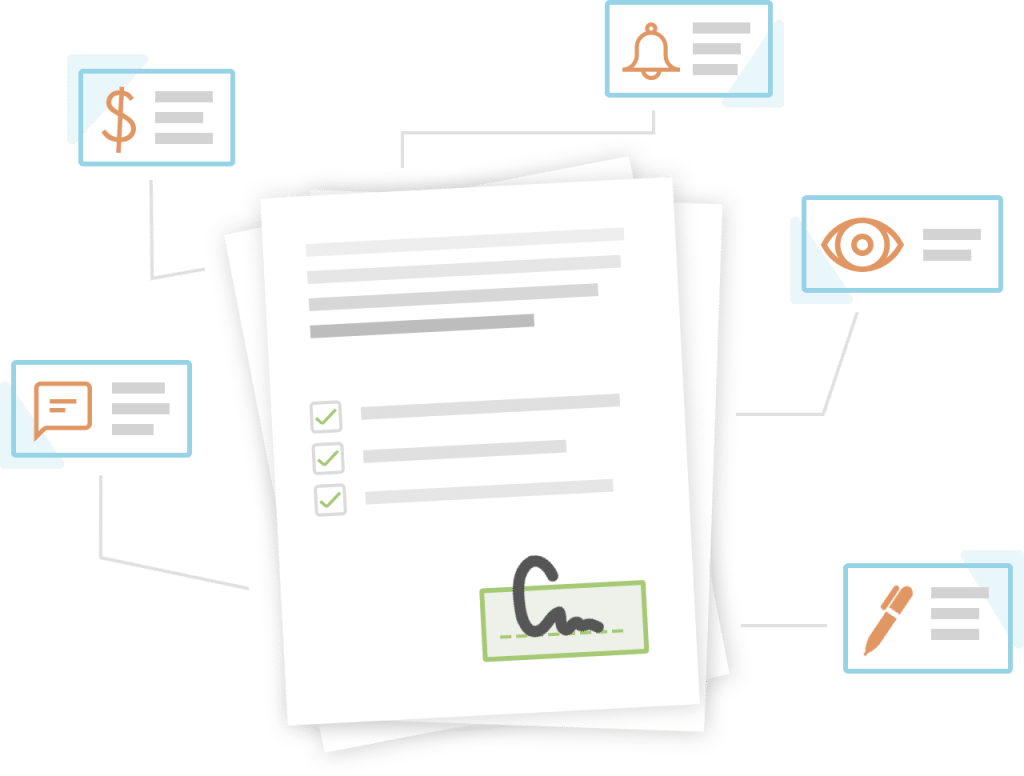
Having access to a variety of templates and a template builder allows you to quickly create any type of agreement you may need to put together in a short amount of time. It also allows you to see how different templates are formatted and what they do and don’t have automatically included. What do you need in a house rental agreement? A short rental agreement? A basic room rental agreement? It’s easy to customize a generic template to fit your needs for a more specific use case when using Proposable. Proposable can also provide guidance on what fields to include when creating various templates to fit your needs, or possible modifications to a template you find on the web, such as a free standard residential lease agreement.
Overall, property owners or property managers can face a variety of challenges keeping units occupied. Staying organized is vital to successfully bringing in new tenants and signing them to new lease agreements. By having a lease agreement template in place, you save time, you can help lower the risk of your property facing any legal issues, and you can ensure you include all of the necessary items and terminology needed for the agreement. The most effective and efficient way to have this template ready is to create it using a software like Proposable where you can easily build and customize your lease agreement template, share it with your prospective tenants, have it signed digitally, and track it all with automation and all in one place. Check out the lease templates Proposable offers in the navigation menu above and get started by creating your own template today!

